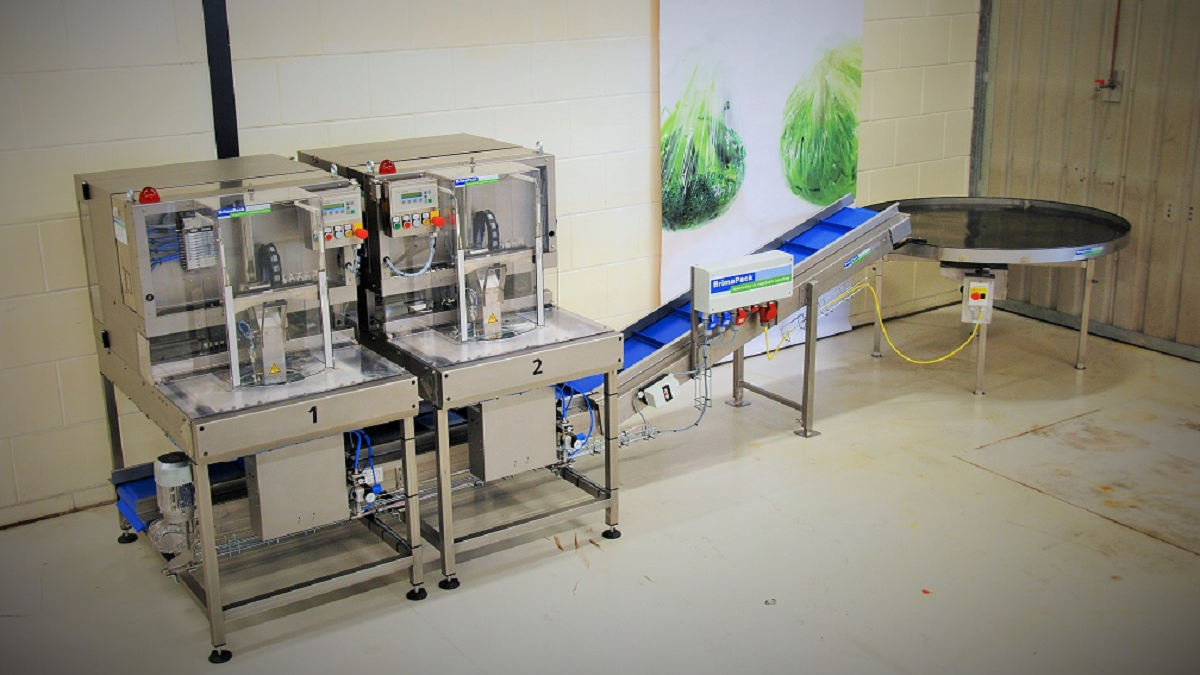Actualidad
Better postharvest behaviour of onions with neck in ambient temperature storage
The present investigation entitled ?Studies on post-harvest management of kharif onion (Allium cepa L.)? was carried out in Kharif during the year 2016-17 at the research farm of Department of Horticulture, college of agriculture, Rajmata Vijayaraje Scindia Krishi Vishwa Vidyalaya, Indore, (M.P.). The experimental material for the present investigation comprised of eight treatments (figure). These treatments were in Completely Randomized Design with three replications to observe Physiological loss in weight, rotting, sprouting, black mould incidence and bulb circumference, after 3 months of storage at ambient temperature. The highest temperature recorded was in the month of June i.e. 39.6 degree Celsius while the lowest temperature was seen in the month of July ranging 23.1 degree. On the basis of results, the present investigation is summarized as follows:
22 January, 2018
Redaccion
The present investigation entitled ?Studies on post-harvest management of kharif onion (Allium cepa L.)?was carried out in Kharif during the year 2016-17 at the research farm of Department of Horticulture, college of agriculture, Rajmata Vijayaraje Scindia Krishi Vishwa Vidyalaya, Indore, (M.P.). The experimental material for the present investigation comprised of eight treatments (figure). These treatments were in Completely Randomized Design with three replications to observe Physiological loss in weight, rotting, sprouting, black mould incidence and bulb circumference, after 3 months of storage at ambient temperature. The highest temperature recorded was in the month of June i.e. 39.6 degree Celsius while the lowest temperature was seen in the month of July ranging 23.1 degree. On the basis of results, the present investigation is summarized as follows: The results obtained from the investigation are summarized in this chapter. 1. Significantly maximum physiological loss in weight was observed due to Treatment-1(bulbs without neck) followed by Treatment-2 (bulbs with 2.5cm neck) and Treatment-3 (bulbs with 5cm neck). While minimum physiological loss in weight was observed due to the Treatment-8 (bulbs with foliage). 2. There was continuos physiological loss in weight of onion bulbs from beginning till end of storage at 75-DAS. The rate of PLW (%) was more in the beginning and slowed down subsequently. 3. Significantly maximum rotting percent was observed due to Treatment-1(bulbs without neck) followed by Treatment-2 (bulbs with 2.5cm neck) and Treatment-3 (bulbs with 5cm neck) . While minimum physiological loss in weight was observed due to the Treatment-8 (bulbs with foliage). 4. Significantly maximum sprouting percent was observed due to Treatment-1(bulbs without neck) followed by Treatment-2 (bulbs with 2.5cm neck) and Treatment-3 (bulbs with 5cm neck) . While minimum physiological loss in weight was observed due to the Treatment-8 (bulbs with foliage). 5. Significantly maximum black mould incidence was observed due to Treatment-1(bulbs without neck) followed by Treatment-2 (bulbs with 2.5cm neck) and Treatment-3 (bulbs with 5cm neck). While minimum physiological loss in weight was observed due to the Treatment-8 (bulbs with foliage). 6. The economic estimates indicated that Treatment-8 (bulbs with full neck length) was best (Rs. 68,000) followed by Treatment-7 (bulbs with 15cm neck length) and Treatment-6 (bulbs with 12.5cm neck length) valued Rs. 76,000. ConclusionThe Treatment-8 (bulbs with full neck length) was significantly best of all which showed minimum PLW (25.83%) minimum rotting of bulbs (9.22%), delayed and minimum sprouting (14.09%) and reduced disease incidence(0.66%). Economically also Treatment-8 (bulbs with full neck length) was best with Rs. 68,000.?? Suggestions for further work 1. In order to confirm the validity of results the experiment can be repeated over years and location with more accuracy. 2. Along with the level of neck cutting certain chemicals which are responsible for enhancing the storage life of onion should be incorporated. 3. Neck levels should be treated at different storage intervals along with curing. 4. Different storage structures should be included in the further experiment.? ?









